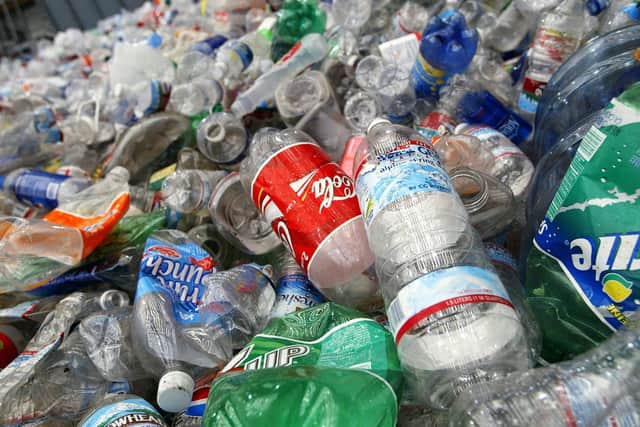Incinerators: How Scotland failed to heed warnings about the mass burning of waste – Dr Richard Dixon
The review was led for the government by waste and materials expert Colin Church. He was charged with looking at how much incineration capacity Scotland needs.
There have been roundtables with industry, councils and communities, and individual meetings with stakeholders, as well as over 1,000 individual responses. While the review was being conducted, there was a moratorium on new incinerator applications being approved.
Advertisement
Hide AdAdvertisement
Hide AdWales has banned new incinerators and is setting a date to phase out existing ones, but in Scotland we have seen a rash of new plants with an extra eight new incinerators now under construction or with planning permission.
In Wales, they are also progressing well towards their target to recycle 70 per cent of waste by 2025, while we are slipping backwards, with the latest Scottish figure for household waste at 42 per cent.
Incineration releases climate-wrecking carbon dioxide and hoovers up waste that should be recycled instead. This is particularly true of plastics and cardboard, which burn well.
Building an incinerator is a major undertaking and the economics only work if they keep running at full capacity. So an incinerator built today has to be fed for the next 30 years, even if we have done well at reducing waste and recycling more in the meantime.


And it will still be belching carbon dioxide in 2045, when Scotland’s climate targets say we are supposed to have reached net-zero emissions.
The review concludes that we already have more than enough incineration capacity operating or being built. In fact, by 2027, we will have more incineration capacity than there will be waste available to burn. The review recommends that no more new applications should be allowed.
The review is mostly very sensible but in one area it is weak. It says those incinerators with permission but where construction has not started should be reviewed by their proposers, but it stops short of saying the Scottish Government should take away those permissions. It should not be up to companies driven by shareholder interests to decide if Scotland needs another incinerator. That’s been the problem for the last 30 years.
The review confirms the danger that some councils have locked themselves into long-term deals – or plan to do so – which mean high incineration and low recycling rates, and recommends very different contractual arrangements for the future. I remember being shocked to discover that Glasgow had signed themselves up to a deal like this which guaranteed poor recycling rates for decades. That was in 2014.
Advertisement
Hide AdAdvertisement
Hide AdOf course, it would be churlish to point out that if the Scottish Government had only listened to environment and community groups some years ago we wouldn’t be in this pickle…
At the very least, the Scottish Government needs to implement all of the recommendations of this review and also go beyond them to stop incinerators which have permission but have not started construction. And, of course, more generally work harder to meet and beat existing recycling and waste reduction targets.
Dr Richard Dixon is an environmental campaigner and consultant
Comments
Want to join the conversation? Please or to comment on this article.
